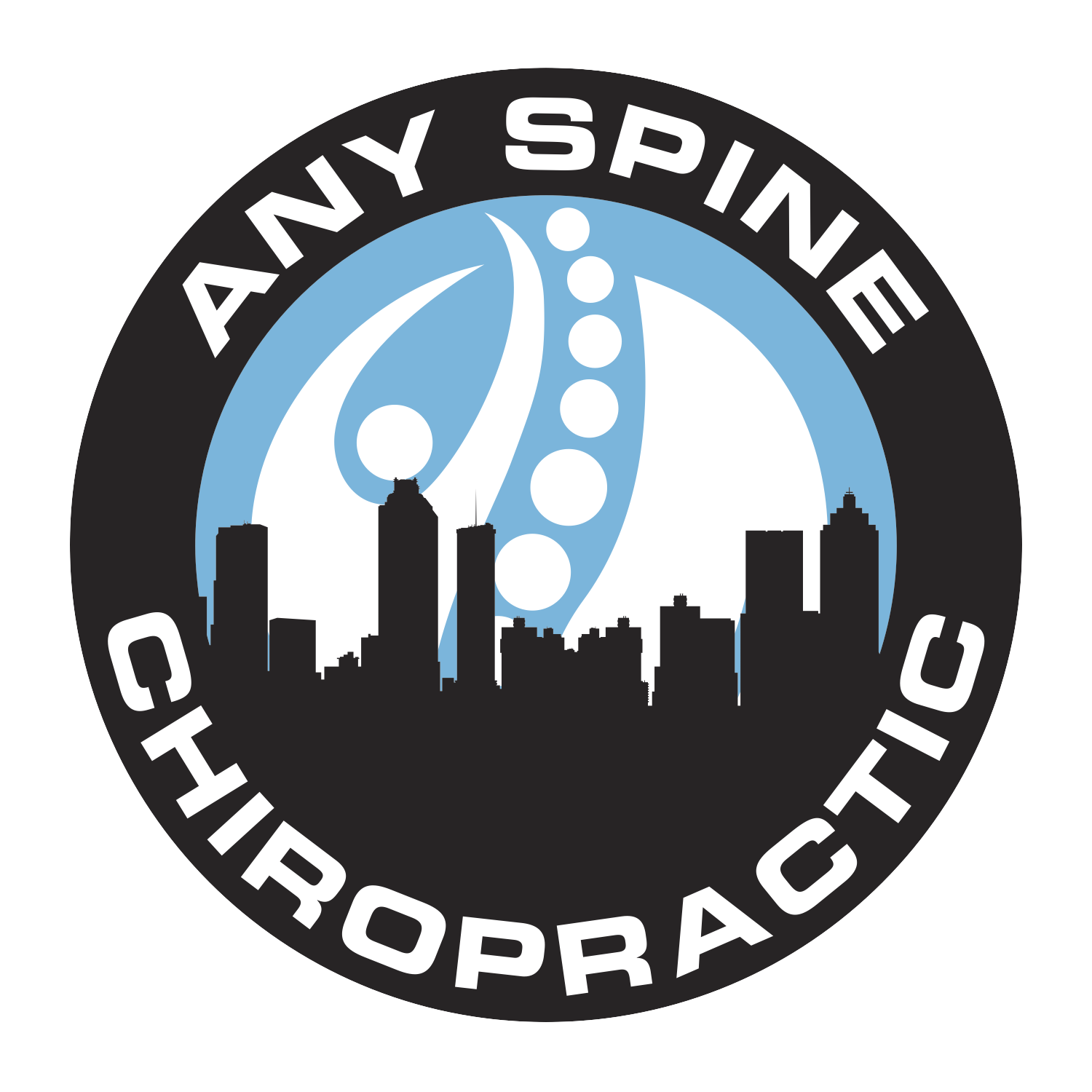Discover Deep Tissue Massage Methods and Their Benefits
Understanding Deep Tissue Massage: Key Differences and Benefits Compared to Other Methods
Are you struggling with chronic neck pain or recovering from surgery, and looking for relief? Deep tissue massage may be the answer you need. In this article, I will explain what deep tissue massage is, highlight its key differences from other massage methods, and explore its specific benefits to help you decide if it’s right for you. By understanding how deep tissue massage can improve communication with your body and help break down scar tissue, you’ll be better equipped to choose the right approach for your wellness journey.
What Is Deep Tissue Massage?
Deep tissue massage is a specialized treatment focusing on the deeper layers of soft tissue in the body. This technique effectively releases tension, encourages oxygen flow, and enhances overall quality of life. In the following sections, I will explain the technique and approach of deep tissue massage and its impactful benefits compared to other methods. Understanding these elements will help you appreciate why this treatment is vital for maintaining well-being.
Understanding the Technique and Approach
In my experience as a massage therapist, deep tissue massage utilizes various techniques to focus on the more profound layers of muscle and connective tissue. By employing slower strokes and intense pressure, I target tight areas to improve motion and flexibility. Techniques like forearm strokes and deep stretching not only relieve chronic pain but can also support overall wellness, proving valuable for those with conditions such as type 2 diabetes, as part of a holistic approach to alternative medicine.
Deep tissue massage digs deep into the muscles, providing relief for tension that others cannot reach. Now, let’s look at how it stands apart from other massage techniques, shedding light on what makes it uniquely effective.
Key Differences Between Deep Tissue Massage and Other Methods
When comparing deep tissue massage to Swedish massage, it’s crucial to note how different techniques engage the body’s fascia and affect movement. Evaluating the distinctions between deep tissue and sports massage reveals unique benefits for athletic performance and recovery. Additionally, I’ll analyze the contrast with trigger point therapy, highlighting how it targets specific areas to relieve tension and discomfort causally linked to issues like joint pain and childbirth recovery. These insights will clarify the value of choosing deep tissue massage for individual wellness needs.
Comparing Deep Tissue Massage to Swedish Massage
When I compare deep tissue massage to Swedish massage, the differences become quite clear. Deep tissue massage targets specific areas of tension, such as tight shoulders and muscle spasms, using more intense pressure and slower strokes. This method can provide relief from chronic pain and may even reduce the need for medication by addressing the root causes of discomfort, while Swedish massage focuses more on relaxation and full-body circulation, making it ideal for general stress relief. Massage therapy encompasses a range of techniques and styles, including these two popular forms, each offering distinct benefits for various conditions and preferences.
Evaluating the Distinctions Between Deep Tissue and Sports Massage
When I look at the distinctions between deep tissue and sports massage, I notice that both techniques serve unique purposes, especially in the context of injury prevention and recovery. Deep tissue massage is focused on releasing tension in deeper layers of muscle, promoting relief from chronic pain and flushing out toxins built up in the body. In contrast, sports massage is tailored specifically for athletes, using manual therapy techniques that enhance performance, aid recovery, and even address issues related to caffeine consumption and its impact on muscle recovery. Both approaches have their merits, but understanding their differences helps clients choose the right method for their specific needs.
Analyzing the Contrast With Trigger Point Therapy
When comparing deep tissue massage to trigger point therapy, I focus on how each technique addresses tension in the body differently. While deep tissue massage works on broader muscle groups to alleviate pain and promote relaxation, trigger point therapy zeroes in on specific areas, or “trigger points,” that can cause discomfort and even headaches. This targeted approach not only helps to relieve tension in those painful spots, but it can also improve blood pressure by reducing overall stress levels within the body, making both methods valuable for maintaining optimal organ function and overall wellness.
When you’re ready to heal, deep tissue massage offers more than comfort. Its specific benefits can change how you move and feel, and it’s worth knowing.
The Specific Benefits of Deep Tissue Massage
Deep tissue massage offers significant advantages in several areas, including addressing chronic pain and muscle tension, supporting rehabilitation and injury recovery, and enhancing performance in athletes. By improving posture and optimizing the lymphatic system, this treatment can positively impact heart rate and overall wellness. In the following sections, I will detail how each of these aspects intertwines for lasting benefits, emphasizing its importance for clients, even those with health insurance considerations.
Addressing Chronic Pain and Muscle Tension
In my practice, I’ve seen deep tissue massage effectively address chronic pain and muscle tension, particularly for individuals dealing with conditions such as ankylosing spondylitis. By applying targeted pressure to specific tendons and muscle groups, I help release accumulated tension, promoting better breathing and improving lung function. These health benefits not only alleviate discomfort but also enhance overall mobility and quality of life, making this treatment an essential resource for anyone struggling with persistent pain.
Supporting Rehabilitation and Injury Recovery
In my practice, I frequently witness how deep tissue massage plays a vital role in supporting rehabilitation and injury recovery. By focusing on injured areas, I can help reduce pain and inflammation, enabling clients to regain strength and mobility more effectively. Additionally, this treatment helps alleviate stress, promoting a sense of well-being that is essential during the healing process, making it an invaluable resource for anyone recovering from injuries.
Enhancing Performance in Athletes
In my experience, deep tissue massage is particularly beneficial for athletes seeking to enhance their performance. By focusing on friction techniques and applying targeted pressure with my fingers, I can effectively release muscle tension, which helps athletes maintain optimal movement and flexibility. Proper therapy not only alleviates soreness but also improves hydration in tissues, allowing athletes to recover faster and perform at their best during training and competition.
Deep tissue massage offers many rewards, but knowing when it’s right for you is just as vital. Let’s look at the signs that indicate this powerful treatment might be what you need.
Indications for Deep Tissue Massage
Indications for Deep Tissue Massage
Deep tissue massage is particularly effective for addressing conditions like stiffness, chronic pain, and muscle knots. When considering treatment options, I guide clients on choosing deep tissue techniques over other modalities based on their specific needs and comfort levels. In the following sections, I’ll detail the conditions that benefit from deep tissue methods and the situations when consulting a physician is advisable for pain management.
Conditions That Benefit From Deep Tissue Techniques
Deep tissue techniques are highly effective for addressing various conditions, such as muscle tension, chronic pain, and restrictions in connective tissue. In my experience, clients who suffer from headaches or discomfort related to stress often find relief after focusing on those muscle groups. This type of massage promotes healing by increasing blood flow and aiding in the movement of fluid within tissues, which is crucial for recovery and overall well-being.
When to Choose Deep Tissue Over Other Modalities
Choosing deep tissue massage over other modalities is particularly beneficial for individuals seeking to relieve pain associated with chronic conditions or muscle fatigue. When clients come to me with issues such as tension from stress or injuries from physical activities, I often recommend deep tissue methods, as they apply focused pressure to effectively target specific areas of discomfort. This approach not only alleviates pain without the need for drugs but also complements a balanced diet and lifestyle, promoting overall well-being and recovery.
When you decide to pursue a deep tissue massage, you step into a world of relief and renewal. In the next section, you’ll learn what happens during a session, and how it can bring you lasting comfort.
What to Expect During a Deep Tissue Massage Session
During a deep tissue massage session, I utilize specific techniques, often incorporating pressure with my thumbs and forearms to target deeper layers of muscle. It’s important to understand the sensations you may experience; while some discomfort is normal, it should not be unbearable. This treatment can aid with stress management, muscle healing, and even conditions like ulcerative colitis, making it beneficial for overall wellness. For more information, consider exploring our massage therapy services.
As I focus on your individual needs, we’ll explore how these techniques relate to your goals, whether it’s managing pain from a wound or supporting weight loss. Each part of the session is designed to enhance your comfort and improve your experience, ensuring maximum benefits.
The Process and Techniques Used
In a deep tissue massage session, I employ a variety of techniques to effectively target deeper muscle layers, addressing specific areas of tension. For instance, I often apply firm pressure using my thumbs and forearms to stimulate blood flow and help relieve the buildup of lactic acid in the muscles. Before we begin, I review your medical history to ensure that any conditions, such as knee issues or diseases, are taken into account, allowing me to tailor the session to your unique needs and maximize the benefits of the treatment.
Understanding Sensations and Discomfort
During a deep tissue massage, some deeper pressure may lead to sensations of discomfort, especially as I focus on specific areas to release tension. It’s important to communicate with me about what you feel, as this can help manage any discomfort while achieving effective myofascial release. While you might experience tightness in your arm or soreness in certain muscles, this can actually aid in reducing stress hormones and improving nerve function, ultimately supporting better sleep and overall wellness.
A good therapist can make all the difference, turning pressure into relief. Choosing the right one is your next step toward lasting wellness.
Finding the Right Therapist for Deep Tissue Massage
When seeking a therapist for deep tissue massage, it’s essential to identify their qualifications and techniques, including any additional modalities like cupping therapy. I recommend asking potential therapists about their experience with nutrition and how it impacts flexibility, as well as their approach to managing discomfort, such as nausea. This will help ensure you find a patient and skilled professional who meets your needs.
Identifying Qualifications and Techniques
When looking for a therapist for deep tissue massage, assessing their qualifications is essential. I find it beneficial to inquire about their experience with specific techniques, such as using elbows to apply focused pressure for enhancing range of motion and addressing strain in the muscles. Additionally, a good therapist should understand how to manage adhesion in the tissue, helping to stimulate serotonin production, which can enhance your overall sense of well-being throughout the session.
Questions to Ask a Potential Therapist
When you’re considering a therapist for deep tissue massage, it’s essential to ask specific questions to ensure they can meet your needs effectively. I always recommend inquiring about their experience with techniques like myofascial trigger point therapy and how they handle issues like delayed onset muscle soreness, as this can influence your recovery and overall relaxation. Additionally, understanding whether they incorporate tools such as foam rollers into their sessions can give you insight into their approach to enhancing your treatment experience.
Conclusion
Understanding deep tissue massage is crucial for anyone seeking effective relief from chronic pain and muscle tension. This specialized treatment stands out among other methods such as Swedish and sports massages due to its targeted approach and its ability to address unique wellness needs. By recognizing the benefits of deep tissue techniques, clients can make informed decisions about their care and ensure optimal health outcomes. Prioritizing this type of massage can lead to lasting improvements in mobility, recovery, and overall quality of life.





